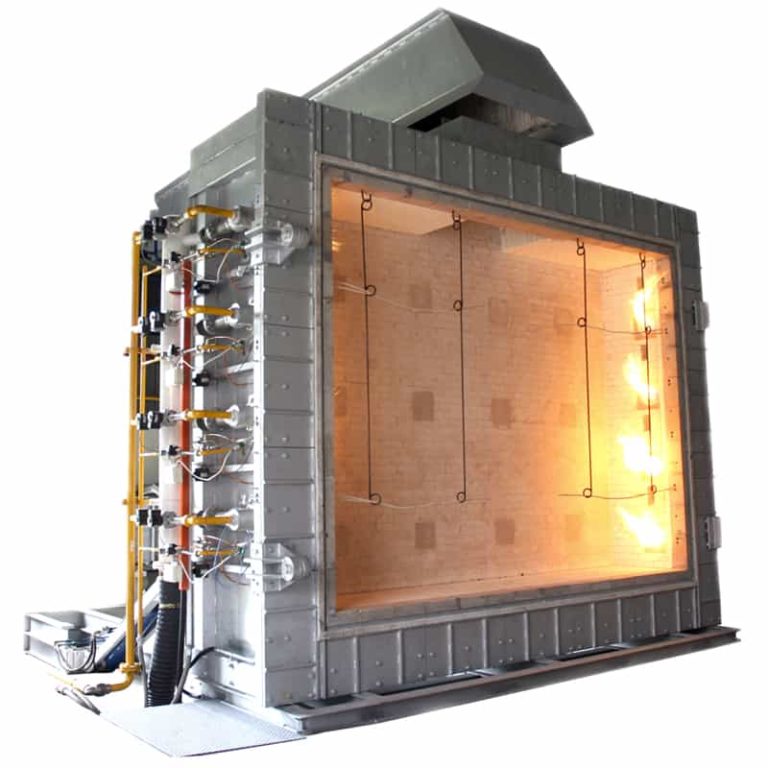




This article provides a brief overview of the different types of fabric fire inhibitor treatments and their uses, ensuring that you are equipped with the knowledge needed to make informed decisions when it comes to fire protection measures. From industrial settings to residential environments, the right fire resistant fabric can mean the difference between safety and disaster.
The various types of flame-resistant fabrics provide a wide range of options for different applications. Some flame resistant materials are naturally resistant to fire, such as wool and cotton, which burn at a slower rate due to their fiber composition. For additional protection, certain fabrics like aramid are both inherently flame resistant and chemically treated for enhanced fire resistance. Inherently flame-resistant fabrics, such as DuPont Nomex® and DuPont Kevlar®, offer superior protection due to their built-in flame resistance. These fabrics are ideal for a variety of uses including curtains, drapes, tents, healthcare fabrics, and military applications. Their unparalleled durability ensures continuous protection that cannot be compromised by wear or washing.
It is imperative to acknowledge the crucial role of flame-resistant chemicals in enhancing the flame resistance of fabrics. Through a meticulous chemical treatment process, these fabrics are equipped to react swiftly during a fire, extinguishing flames efficiently. The utilization of flame-resistant-treated fabrics spans across numerous applications and industries that prioritize fire safety. Nevertheless, it is vital to recognize that the efficacy of the chemical treatment may diminish over time through washing and or numerous dry cleanings. To uphold the flame-resistant properties of these fabrics, diligent care and maintenance are paramount.

By applying flame-resistant treatments to these items, the goal is to decrease their flammability, prevent fires from spreading rapidly, and ultimately save lives. Most fabrics can be treated to become flame resistant, with the exception of materials such as 100% nylon, acetate, or acrylic. It is recommended to test samples of textiles before applying a comprehensive fire resistant treatment, as certain materials may not respond effectively to the treatment.
Fire-resistant products typically contain chemicals such as polymeric coupling agents, which help reduce flammability by filling in organic fillers in synthetic fabrics. These fillers can include Talc, Glass Fibers, Calcium Carbonate, ATH (Aluminum Trihydrate), or Mg(OH)2 (magnesium hydroxide).
Commercial organizations and public institutions are the main users of fire resistant treatments, but there is a growing trend among households to protect their homes as well. Water-soluble agents are often recommended for fabric treatment, and applicators offer both off-site and on-site coating services for convenience.
The utilization of flame resistant fabrics across numerous industries and environments is important for ensuring optimal fire safety measures. Below, we outline the crucial applications of these fabrics in various settings.
Flame resistant fabrics are an essential component in the creation of protective clothing for workers in high-risk environments such as firefighters, military personnel, and oil and gas industry workers. These fabrics serve as a crucial barrier against flames, effectively minimizing the risk of burns and ensuring the safety of those facing potential fire hazards. With their unparalleled ability to withstand extreme heat and flames, flame resistant fabrics are a non-negotiable necessity for those working in hazardous conditions.
These fabrics are meticulously incorporated into upholstery and furnishings such as curtains, drapes, and furniture coverings to not only enhance safety measures but also adhere to stringent regulations in high-traffic areas like hotels, theaters, schools, and hospitals. By implementing fire resistant fabrics, these spaces can prioritize the well-being and security of their occupants with confidence and authority.
Fire resistant fabrics are an essential component in military operations, serving as a vital line of defense in protecting personnel from the dangers of flames and reducing the likelihood of injuries during combat and other high-risk scenarios. These fabrics are specially designed to withstand extreme heat and flames, ensuring the safety and well-being of our military personnel in the most challenging environments.
Flame resistant fabrics play a crucial role in the event and entertainment industry, serving as essential materials for stage backdrops, curtains, drapes, and decorative elements. Their usage is paramount in ensuring optimal safety standards during performances and events.
Both natural & synthetic fabrics such as cotton, rayon, polyester, and other semi-porous fabrics can be treated with a fire resistant spray.
Properly formulated fire resistant sprays do not leave unsightly residues or affect the texture of the fabric, making them a practical and tested solution for fire prevention. Investing in a reputable fire retardant spray is a small price to pay for the peace of mind that comes with protecting your home and potentially saving lives.
Protected by Security by CleanTalk